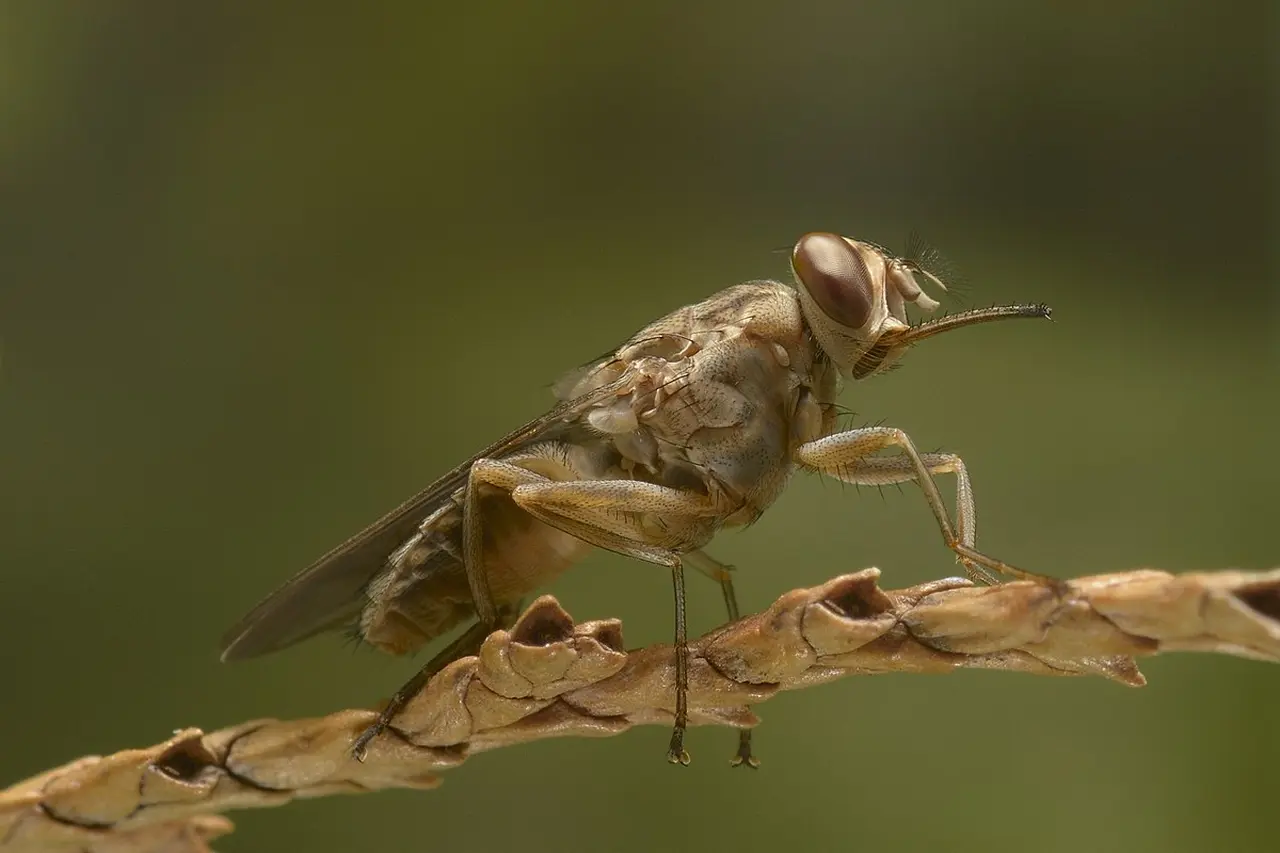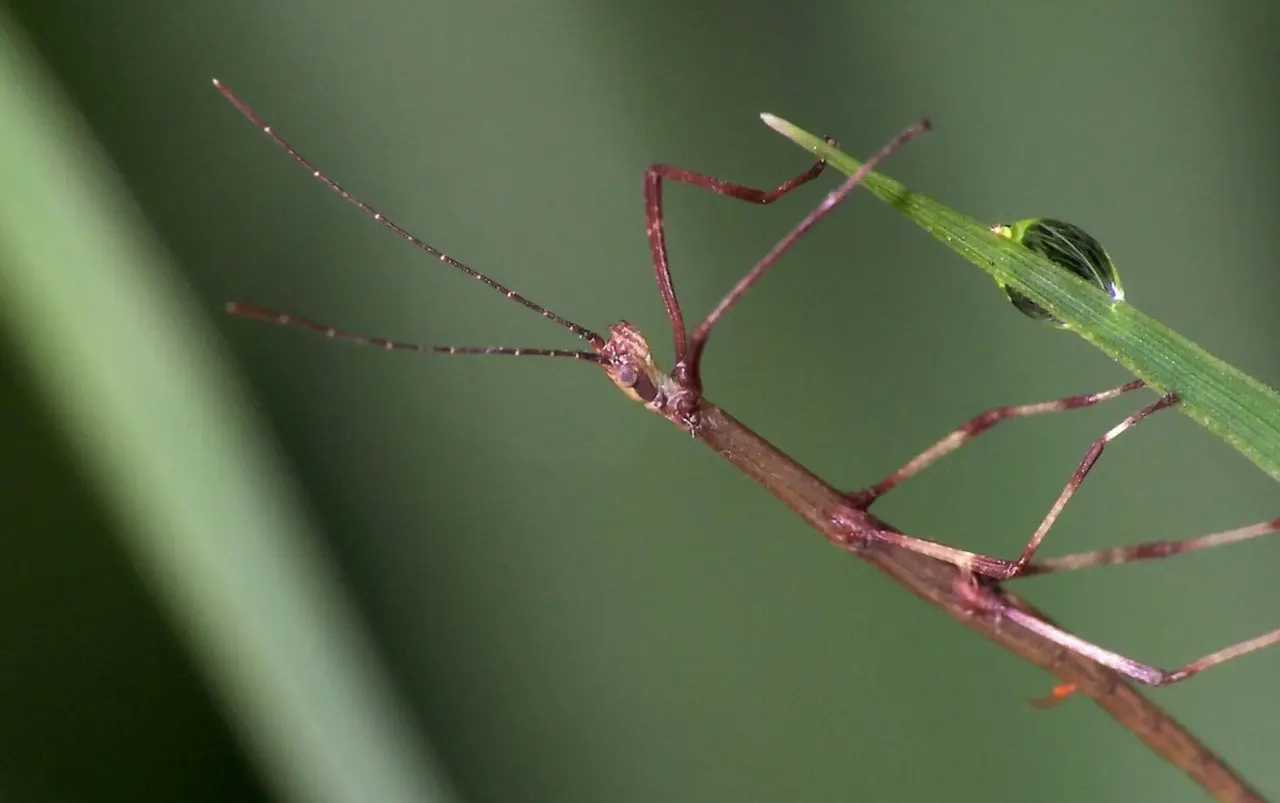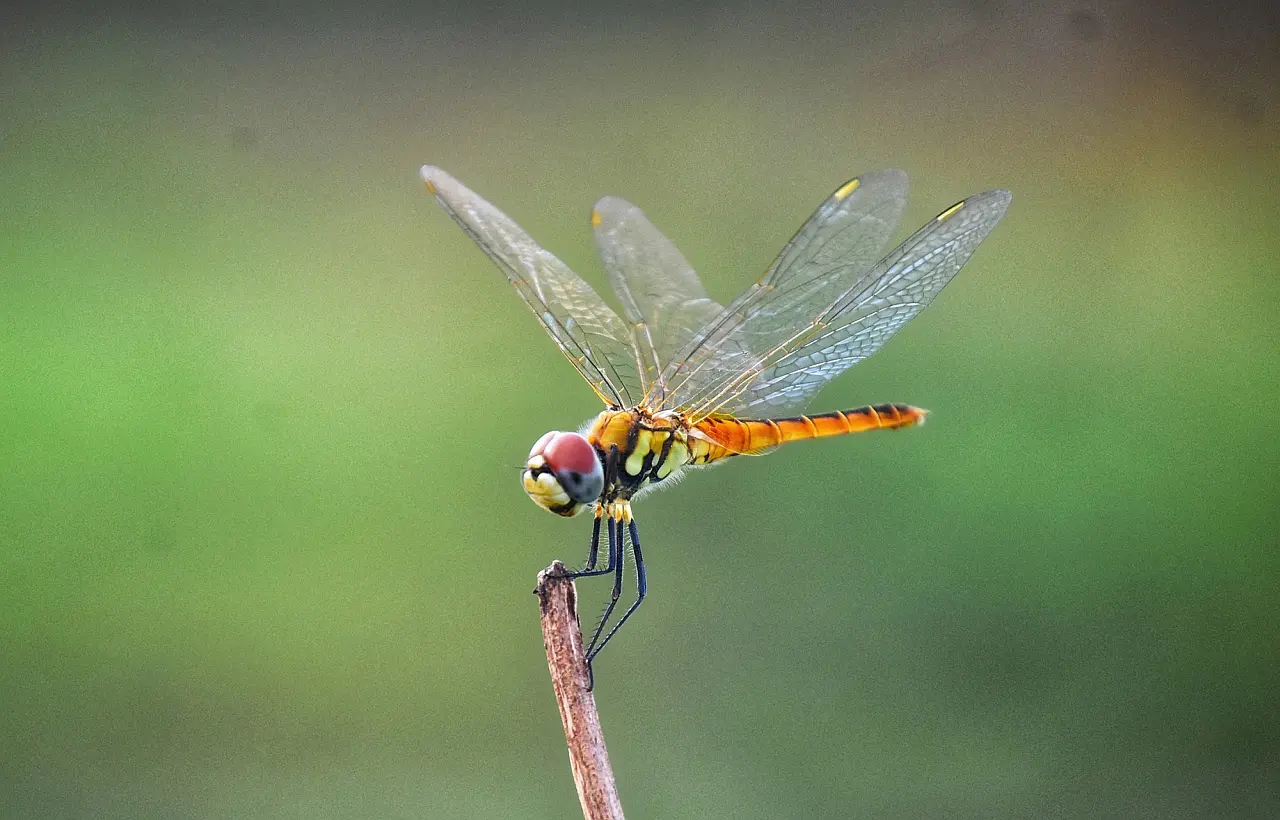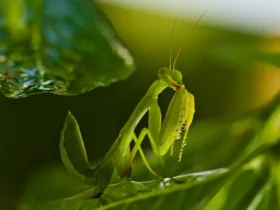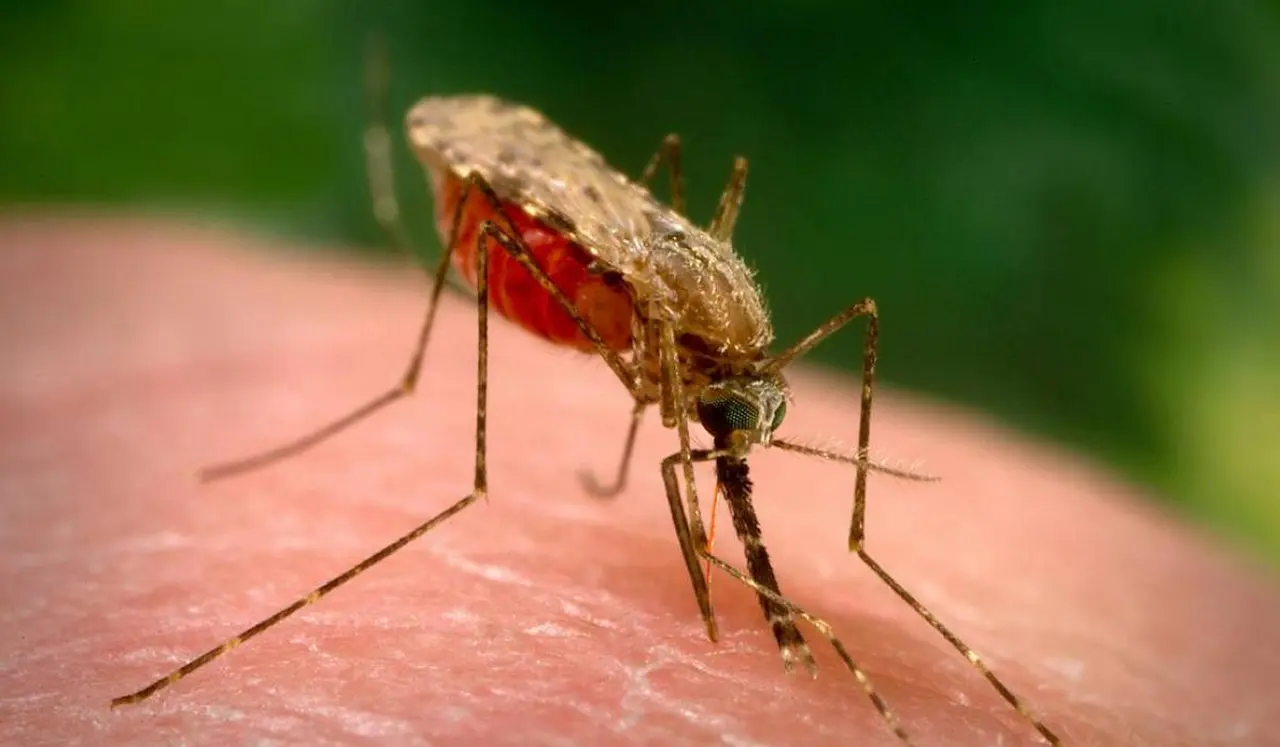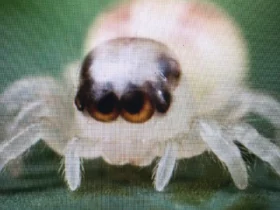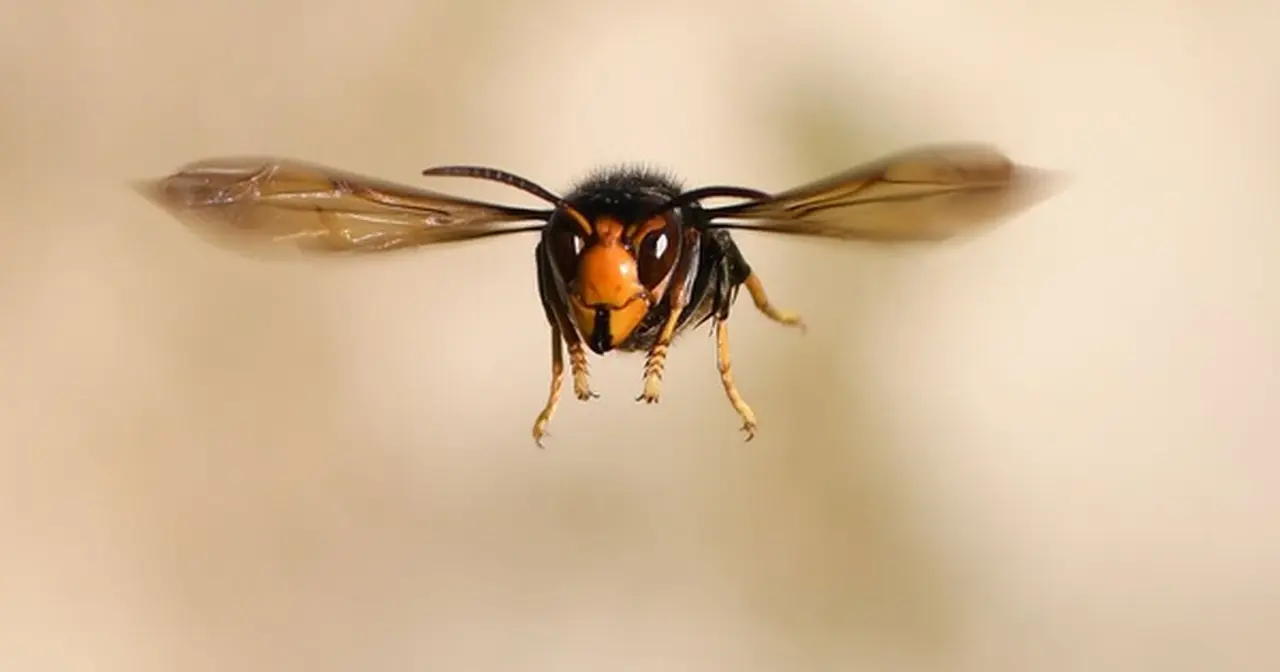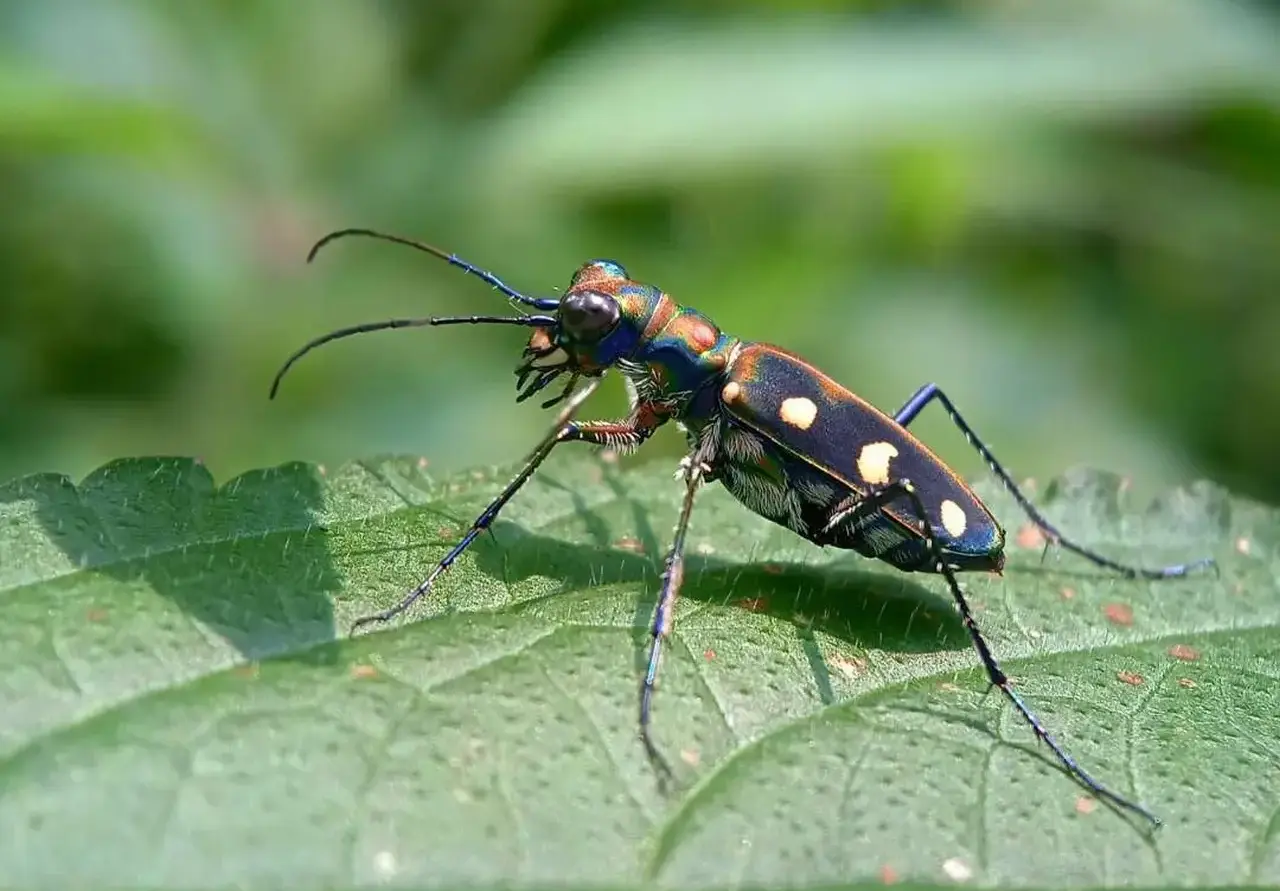In the vast realm of insects, where size ranges from minuscule to colossal, there exists a group of captivating creatures known as tiny moths. These delicate and often overlooked insects, with their intricate patterns, graceful flight, and remarkable diversity, deserve recognition for their unique beauty. Let’s explore together one of the smallest creatures in the world.
Diverse and Unassuming
Tiny moths encompass a vast array of species from different families, each with its own distinct traits and adaptations. Ranging in size from a few millimeters to a few centimeters, these moths often go unnoticed due to their diminutive stature. Despite their small size, they exhibit a stunning diversity of colors and patterns, from subtle earth tones to vibrant hues, blending in with their natural habitats.
Lifestyles and Behaviors
Tiny moths exhibit a range of lifestyles and behaviors that are as diverse as their appearance. Some species are diurnal, while others are nocturnal, taking to the skies under the cover of darkness. Their behaviors include feeding on nectar, pollen, or even sap, depending on their specific ecological niche. Many tiny moth species play important roles as pollinators, contributing to the reproduction and survival of numerous plant species.
Hidden Gems of Biodiversity
Although often overshadowed by their larger butterfly relatives, tiny moths are vital contributors to global biodiversity. Their intricate life cycles, adaptation to various habitats, and specific ecological relationships with plants and other insects make them integral components of ecosystems. Their larvae serve as a crucial food source for other organisms, including birds and small mammals, creating a ripple effect through the food chain.
Cryptic and Camouflaged
The world of tiny moths is a treasure trove of nature’s finest camouflage. Many species possess intricate patterns and colorations that allow them to blend seamlessly into their surroundings. This camouflage serves multiple purposes, providing protection from predators while aiding in the moth’s ability to ambush prey or lay eggs inconspicuously. These adaptations showcase the ingenious strategies employed by these diminutive creatures to survive in a world teeming with potential threats.
Appreciating the Unseen
Tiny moths may be elusive and easily overlooked, but their presence and contributions to ecosystems should not be underestimated. Exploring their habitats, such as forests, meadows, and gardens, can reveal a hidden world of delicate beauty and hidden wonders. By taking the time to observe and appreciate these minute marvels, we gain a deeper understanding of the intricacies of nature and the interconnectedness of all living beings.
